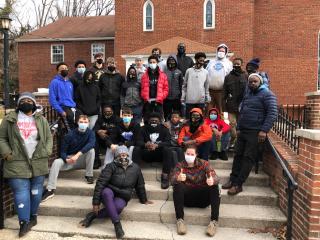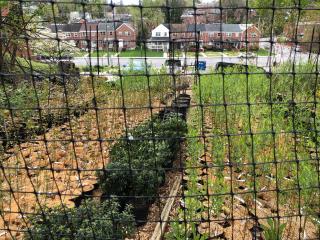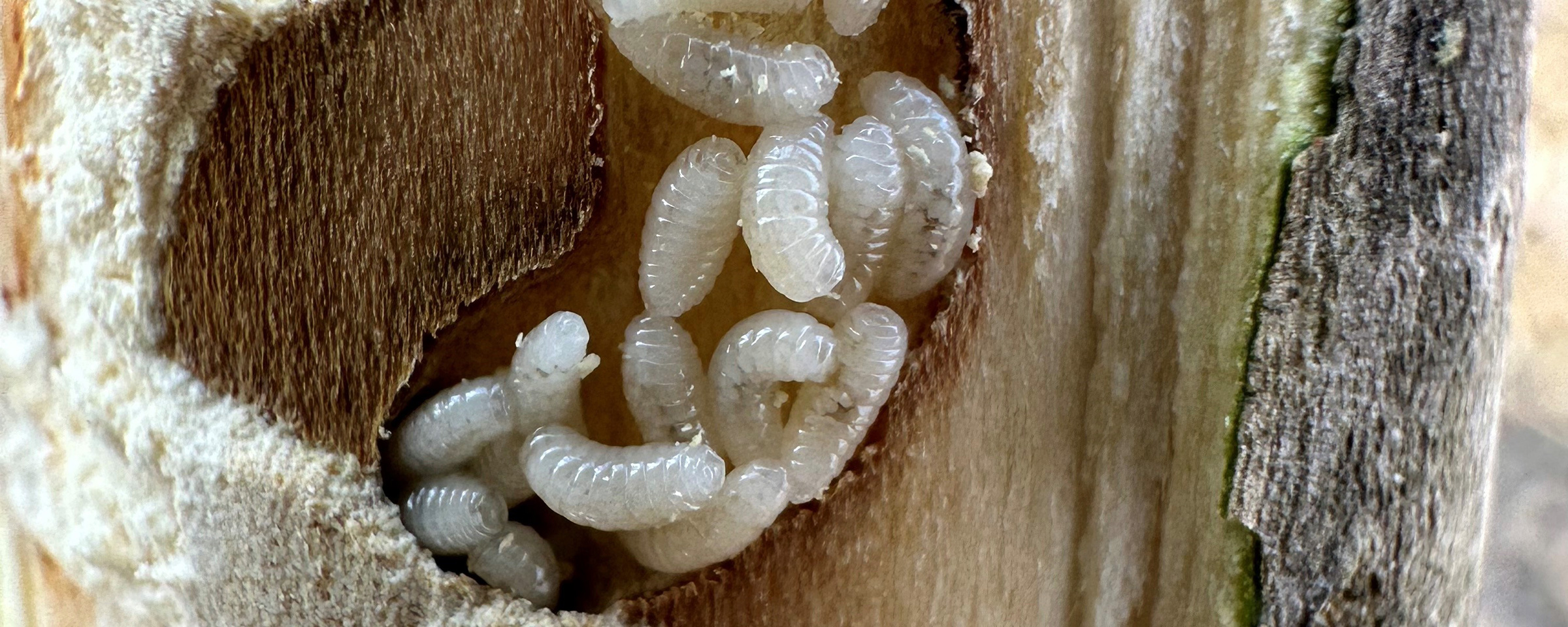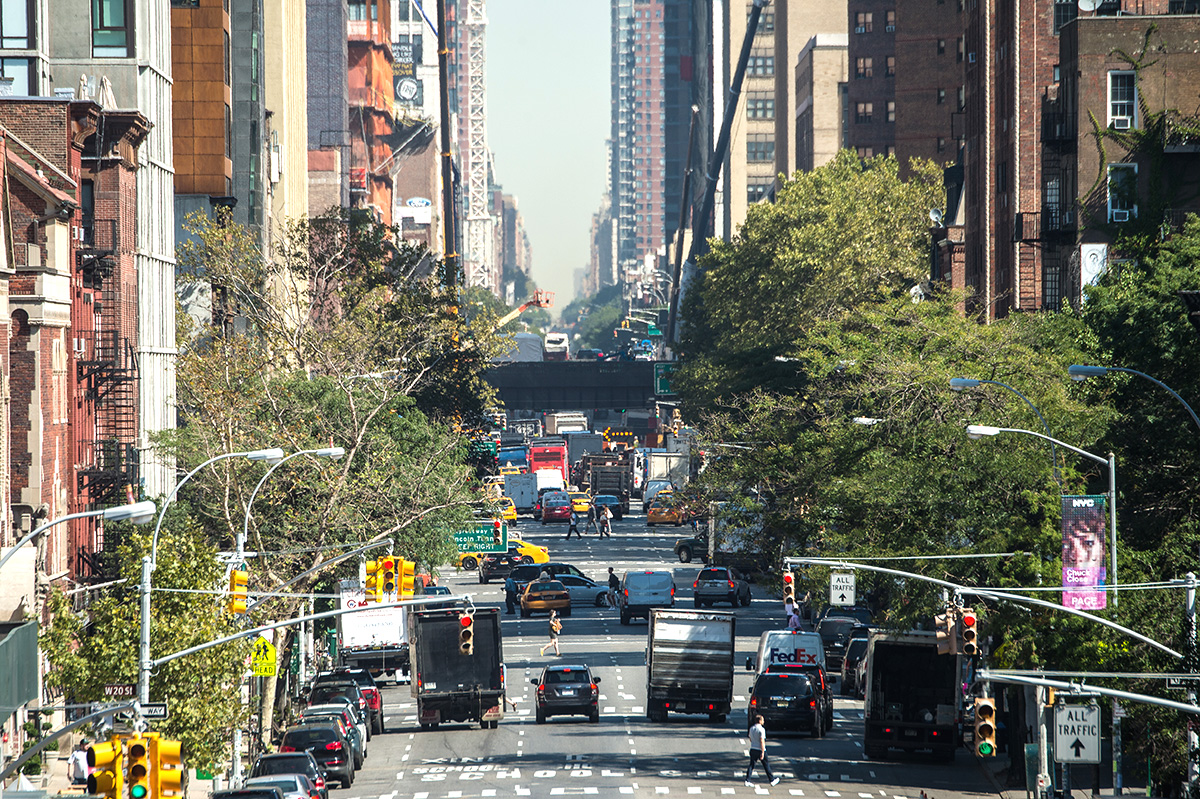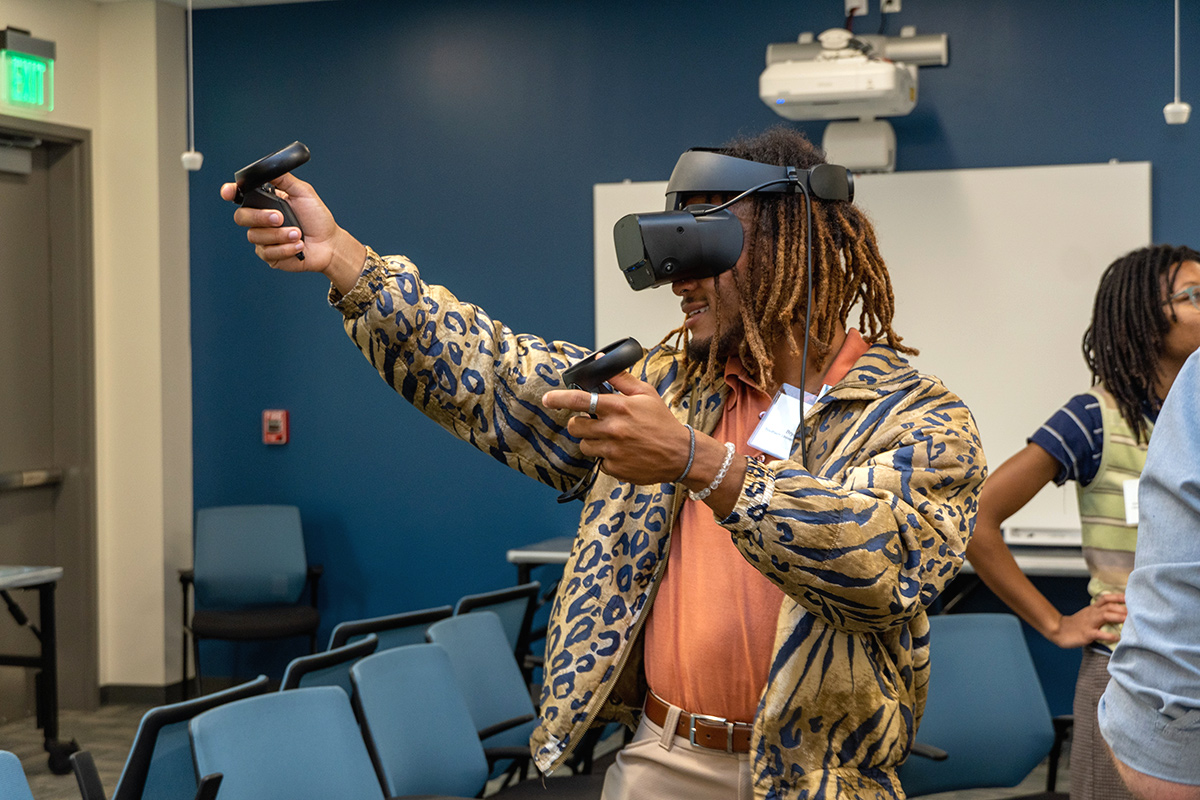Where some might see degraded land, scientists often see potential. This was the case for a 10-acre swath of neglected forest in southwest Baltimore where the Stillmeadow Community Fellowship Church owns the Stillmeadow Community PeacePark & Forest.
Until recently, this urban woodland was littered with dead ash trees that had succumbed to emerald ash borer and invasive vines that choked the native trees on site. Deer had grazed down new trees and other vegetation, hampering their role in establishing new, healthier forests.
That is until this past year when the Forest Service joined forces with Pastor Michael Martin and other local groups and residents to help achieve the community’s vision of restoring the site.
After cleaning up the area, Northern Research Station scientists worked with local residents and church members to plant a diversity of native trees, including fast-growing poplar and willow. They built fencing to prevent deer grazing in certain areas to give native flora a chance to thrive. Researchers also plan to monitor the site over time to assess what forest management actions work best to rebuild biodiversity and support a climate-resilient urban forest.
In addition to restoring the area, researchers hope the collaborative project will serve as a blueprint that can be replicated and delivered to other communities.
“If we can tease out what actions work best to restore Stillmeadow PeacePark, we can take these lessons learned and replicate actions across urban forests in other places such as Chicago or Detroit,” said Research Forester Morgan Grove, one of the Northern Research Station scientists on the team working to restore the site.
For Pastor Michael, as the congregation knows him, the area will encourage community connectedness and spiritual discipline through prayer, gratitude, meditation, fasting, silence and celebration.
“The focus of the Stillmeadow PeacePark is to promote a ‘creation connected’ focus on spiritual health,” said Pastor Michael. “Right here in this urban setting, which is ripe for a renewed appreciation of the power of a healthy natural ecosystem and desperate for long-range investment in a healthy human ecosystem, is where a peace park needs to thrive.”
Green spaces, such as parks, playgrounds and urban forests have been found to build stronger neighborhoods and social connections, reduce stress, and support physical health by creating opportunities for physical activity.
“Research demonstrates the importance of green spaces such as these for public health and well-being as well as for community health and resilience,” Grove said.
For the Northern Research Station team, the growth potential presented by Stillmeadow PeacePark & Forest extends well beyond the trees and the forest floor.
“Restoring forest patches like this is a path to climate resilience, social cohesion and our own well-being,” said Sarah Hines, Urban Field Station Network coordinator with the Northern Research Station. “We’ve been fortunate to be able to partner with, listen to, and learn from the community. Together we are learning not just the how, but also the why.”


